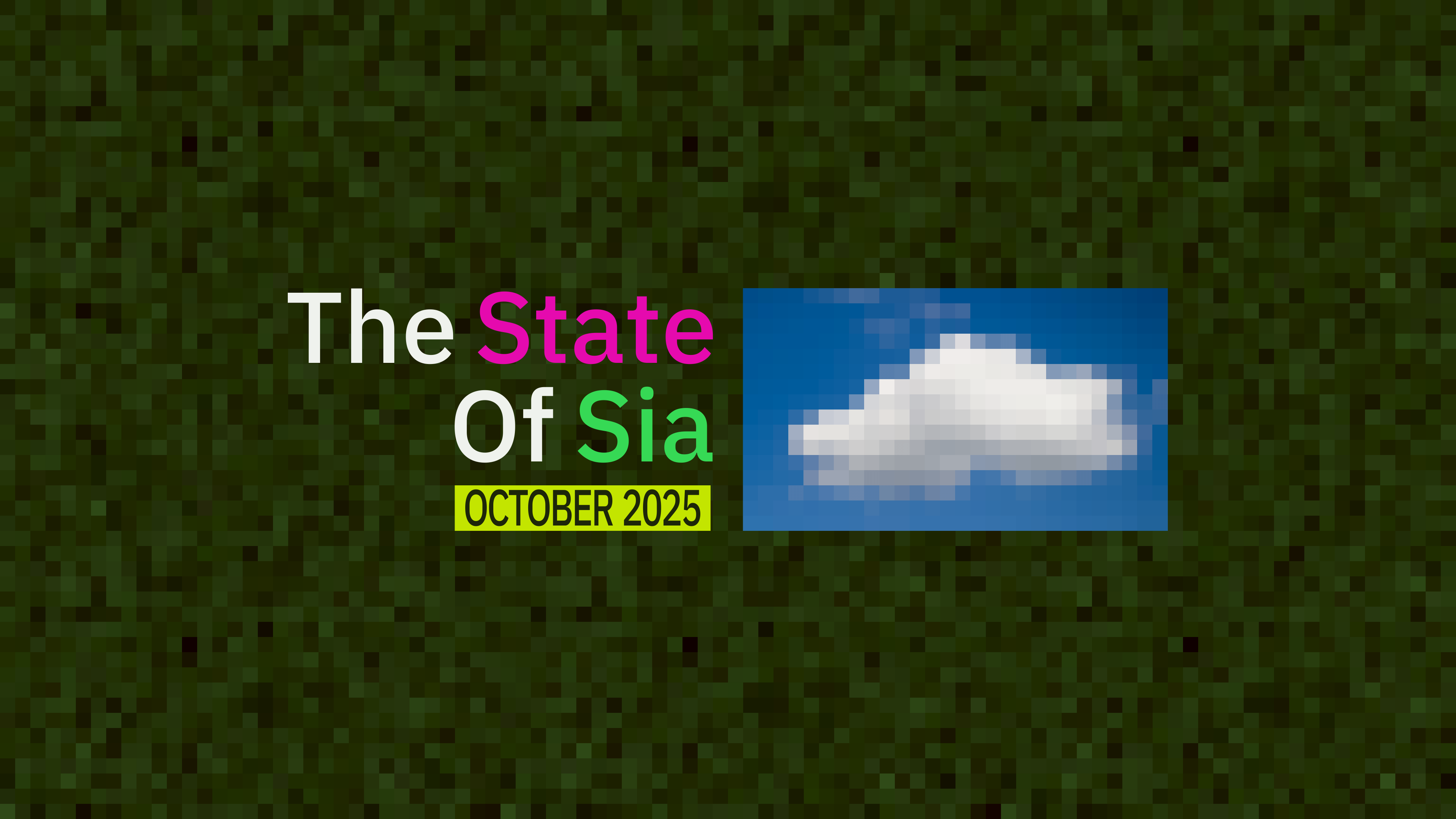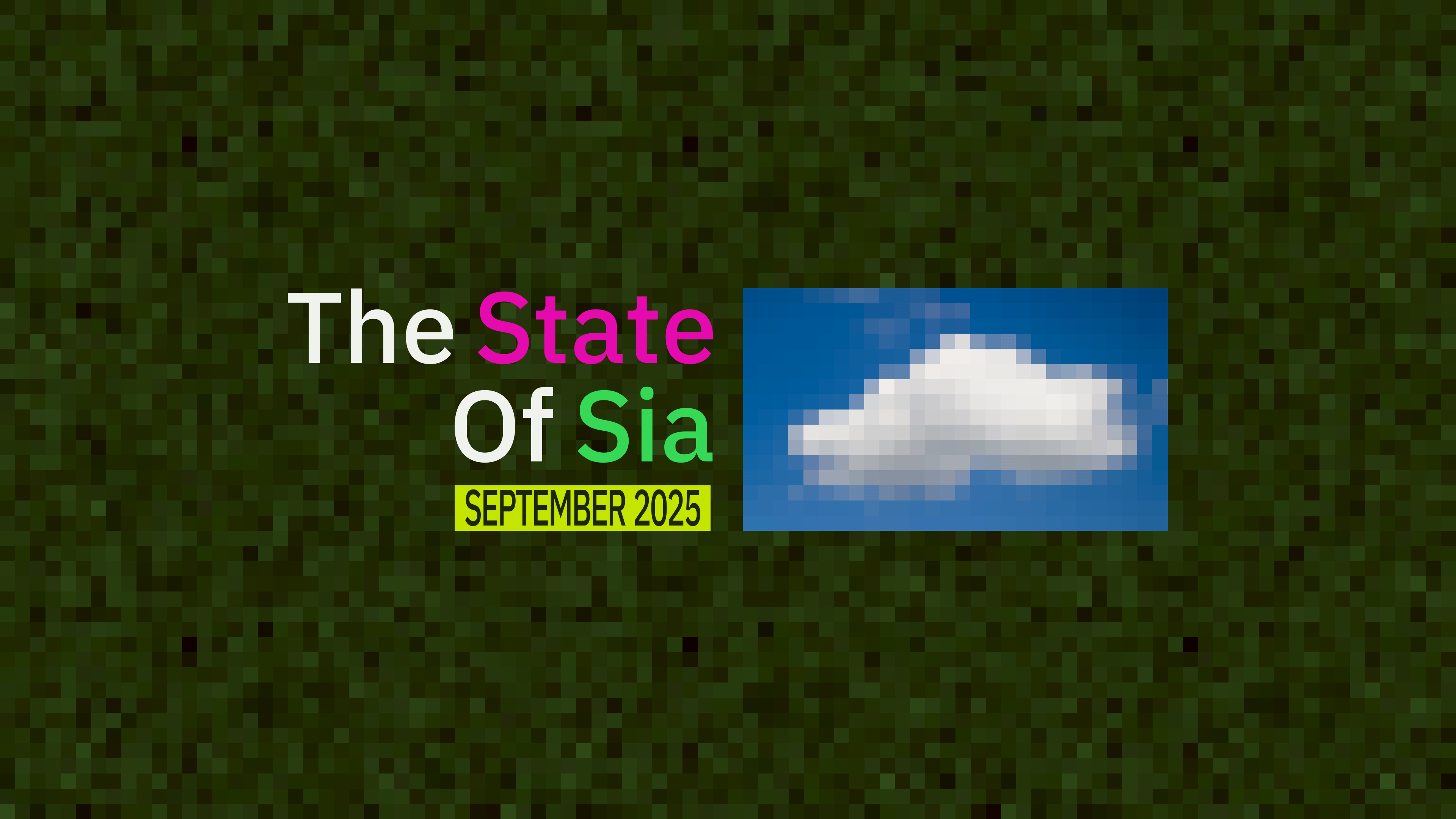
You probably use data storage daily, but have you stopped to ask:
Where is my data stored?
Who has access to my storage?
How is my centralized data vulnerable?
And to these prodding questions, you may reply, “Why should I care?”
And that is a great question.
The storage status quo
Storing all your treasure in one single fortress — centralized data
Think of centralized storage like putting all your digital treasure (AKA your emails, photos, banking details, health records, etc.) in a single guarded fortress.
This fortress exists as powerful computers (servers) that store and manage digital information and are located in physical data centers (a big warehouse full of computers).
At first glance, these options seem secure. BUT because all the data is centralized in one place, it can become a high-value target. Your data is vulnerable to hackers, internal abuse, legal demands, or just plain failure.
But what if there was no fortress to break into — no centralized data to steal?
Instead of storing your data in a fortress, imagine it was scattered safely across many kingdoms. No single vault to break into. No central target to attack. Decentralized data is spread out, split and encrypted, so its pieces are worthless to hackers (or insiders) on their own. This makes your highly valuable data nearly impossible to steal, hack, or destroy, not because the walls are taller but because there’s no fortress to breach in the first place.
Decentralized data enhances security, empowers individuals to control their data, and reduces fear of data exploitation.
Do you control the level of security and privacy of your data? No way.
When you entrust your data to centralized institutions, you’re relying on their discretion for security measures. No universally enforceable standard dictates how these entities must protect your data from external hackers or internal exploiters. Historically, many companies have left users exposed to external breaches or unregulated access from internal parties.
The 2015 Ashley Madison breach is an infamous example: hackers infiltrated the dating site’s centralized servers, exposing sensitive user data, which caused permanent damage to 37 million people and their families. But this wasn’t just a case of poor security measures, evidence suggested a former employee as may have been a culprit behind the hack.
While the hacker group was never identified, we are reminded that the existence of privileged insiders is inherently a security risk. This type of vulnerability isn’t a bug, but a feature of the system itself.
Speaking of inside jobs, last month, the popular crypto trading app Coinbase was hacked when employees accepted bribes to help hackers steal customer data. While only 1% of its customer data was leaked, the cause for alarm is justified, with many crypto investors and founders recently being targets of extortion and kidnapping.
You could say that Coinbase’s security systems, protocols, or its employees’ lack of ethics, were to blame, but what if sensitive customer information, by virtue of being stored in one central location, was never truly safe to begin with?
The real risk isn’t just hackers; it’s the system itself.
While malicious external attacks certainly still happen, these attacks are merely symptomatic, if not expected, consequences of centralized systems. Any time your data is stored in a large aggregate with other people’s data in one central location, attackers see a honey pot.
Read about other high-profile data breaches here.
These incidents underscore a critical point: centralized data storage creates a single point to attack and a single point of failure. In contrast, decentralized data storage disperses information across multiple locations, reducing the risk of a total compromise.
And importantly, decentralized cloud storage means that you have full ownership over your data. Only you have the keys to access your file, so only you can recombine the disparate file pieces in the right order to finally decrypt and access the full file.
How Sia works — decentralized data in your control
Decentralized networks like Sia avoid these centralized traps entirely. There is no gatekeeper deciding your privacy level, no single company holding the keys. Instead of a single fortress holding all the data, Sia splits encrypted shards across dozens of independent kingdoms (nodes).
There’s no master server to breach, no insider with full access, and no fortress to take down. It’s more than just private; it’s resilient by design so that users are in control, and your data is just that, yours and yours alone. Simply — you own your keys, you own your data.
Learn more about Sia’s demand for data safety and decentralized data capabilities, follow along on Bluesky, X, Instagram, and TikTok.
Thank you to Sabrina Dorfman for her support on this article.






